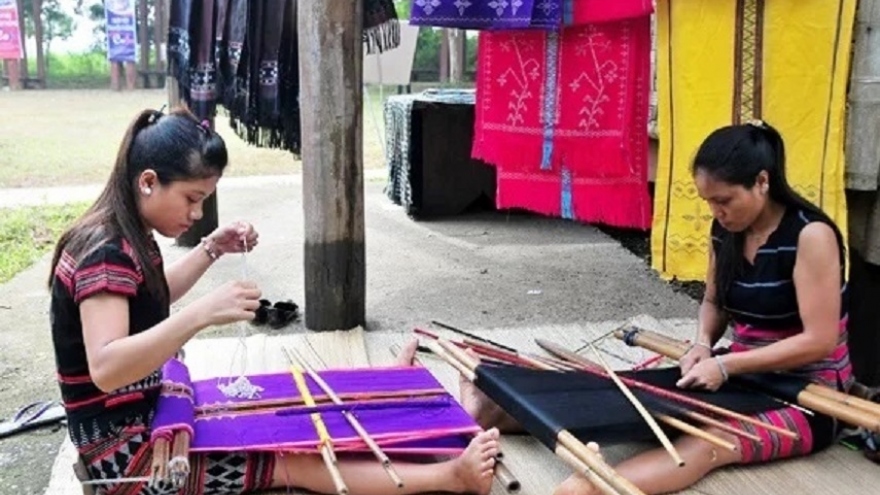Kon Ko Tu: The heart of brocade weaving in Kon Tum
VOV.VN - Located on the banks of Dak Bla River, Kon Ko Tu community-based tourism village in Dak Ro Wa commune in the Central Highlands province of Kon Tum is home to the well preserved traditional culture of the Ba Na people.
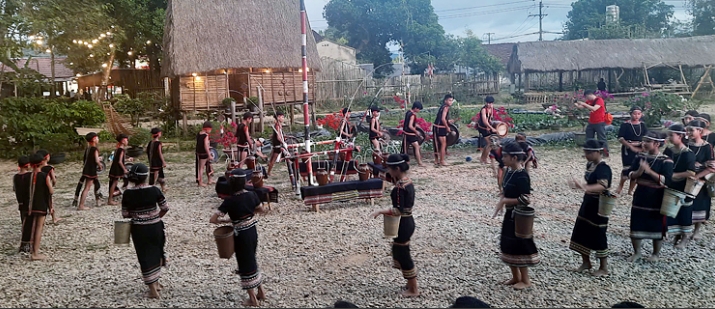
The site is an appealing destination for both Vietnamese and international tourists to admire the pristine beauty of the local ethnic culture.
Kon Ko Tu is one of the oldest villages in Kon Tum, currently home to 138 households with 736 Ba Na people.
The Ba Na people here retain unique traditional customs in their daily lives, preserving a cultural identity closely tied to the mountains, forests, and the legendary Dak Bla River. This includes activities such as river life, bamboo weaving, traditional brocade weaving, musical instrument making, and the cultural exchange space of gongs.
A Kam, a homestay owner and tour guide, shared that as one of the pioneers of tourism in Kon Ko Tu village, he has invested in building two new stilt houses, complete with a welcome gate made of trees and bamboo. He also planted flowers and ornamental plants around the property to create a natural space for tourists to enjoy.
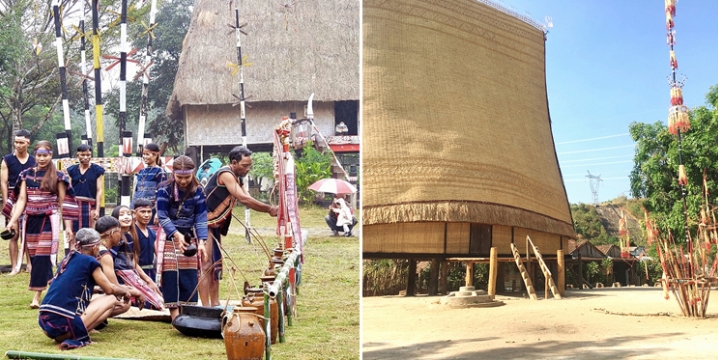
Kam noted that visitors to the village are highly interested in its peaceful atmosphere, completely separate from the noise of the outside world. They can immerse themselves in the life of the Ba Na people by rowing a dugout canoe along the Dak Bla River, experiencing the cultural space of gongs and xoang (a popular dance of the ethnic group), enjoying local specialties, and learning about the traditional craft of brocade weaving, which was recognized as national intangible cultural heritage by the Ministry of Culture, Sports, and Tourism in February 2023.
Brocade weaving is one of the unique traditional crafts of the Ba Na people, creating a distinct identity that sets them apart from other ethnic groups. For them, brocade is not only admired for its beauty but also holds cultural, religious, and daily life significance.
When visiting the area, guests can not only view and purchase beautiful handmade products as souvenirs but also learn about ancient stories, legends, and epics through the traditional brocades woven by Ba Na women.
According to A Kam, 70-year-old brocade weaver Y Yin is considered a "living treasure" in the village due to her exceptional weaving skills and her ability to "tell ancient stories" through brocade.
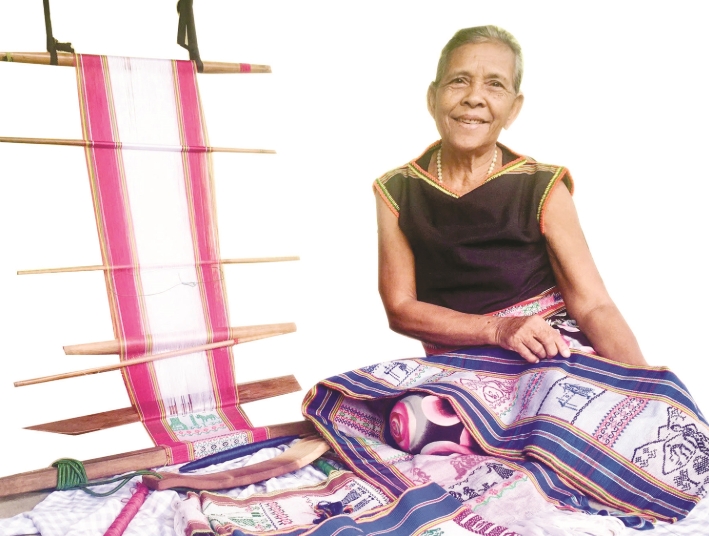
However, he added that Y Yin is not good at communicating with tourists as she does not speak Mandarin clearly and only speaks the local ethnic language.
He stressed that visitors are delighted to see the stories told by Y Yin on her brocade. In addition to daily clothing, she also weaves fabrics for the purposes of display and decoration with traditional geometric patterns of the Ba Na people.
In particular, when receiving orders, through the patterns and motifs, the artisan will "tell" ancient stories, epics, legends of the Ba Na people, and tales from many other ethnic groups on brocade.
According to A Kam, Y Yin usually chooses fairy tales and legends that she has heard through oral storytelling. They are about heroic characters, historical events, the lives of gods, humans, animals, trees, and ancient villages that emphasize heroic elements, humanity, and the victory of good over evil.
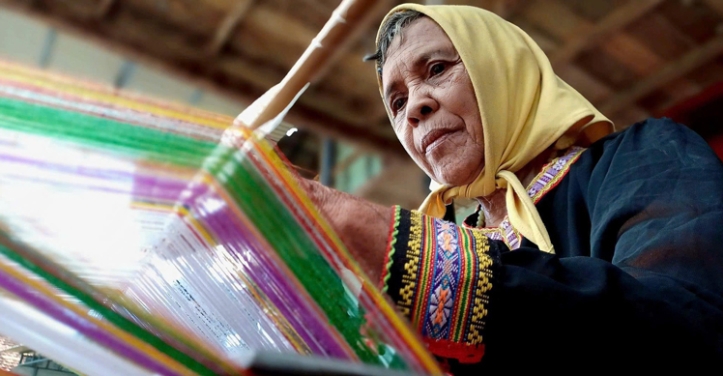
Each story that A Kam shares, whether short or long, always ends with a positive message aimed at educating the younger generation and the community about the culture and beliefs of the local ethnic minorities.
The tour guide explained that creating a brocade piece requires significant time, effort, and dedication. Typically, a brocade is four to five meters long and is sold for between VND 1.2 million and VND 1.4 million.
"The earnings aren't much, just enough to cover living expenses," A Kam noted.
"However, Y Yin continues to put in her best effort with the desire to preserve her ancestors' craft, spread the positive values of Ba Na culture, and teach the younger generation to appreciate and safeguard traditional brocade," he added.
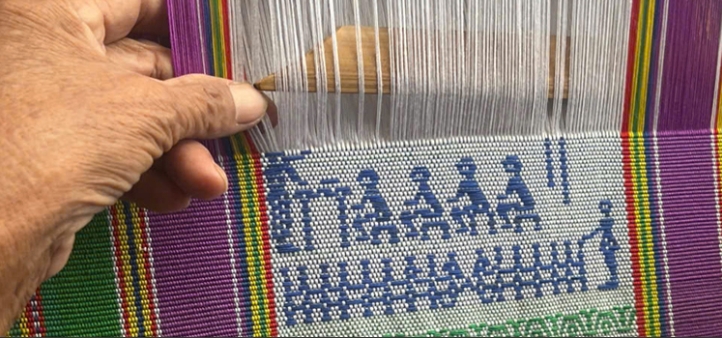
According to village elder A Chun, Y Yin is not only a talented artisan but also a shining example of actively encouraging young people to focus on their studies and preserve their ancestors’ culture.
“Y Yin’s textile products have helped tourists learn more about traditional weaving methods and experience the brocade fabrics of the Ba Na people, contributing to the promotion of the village’s tourism,” he emphasized.


